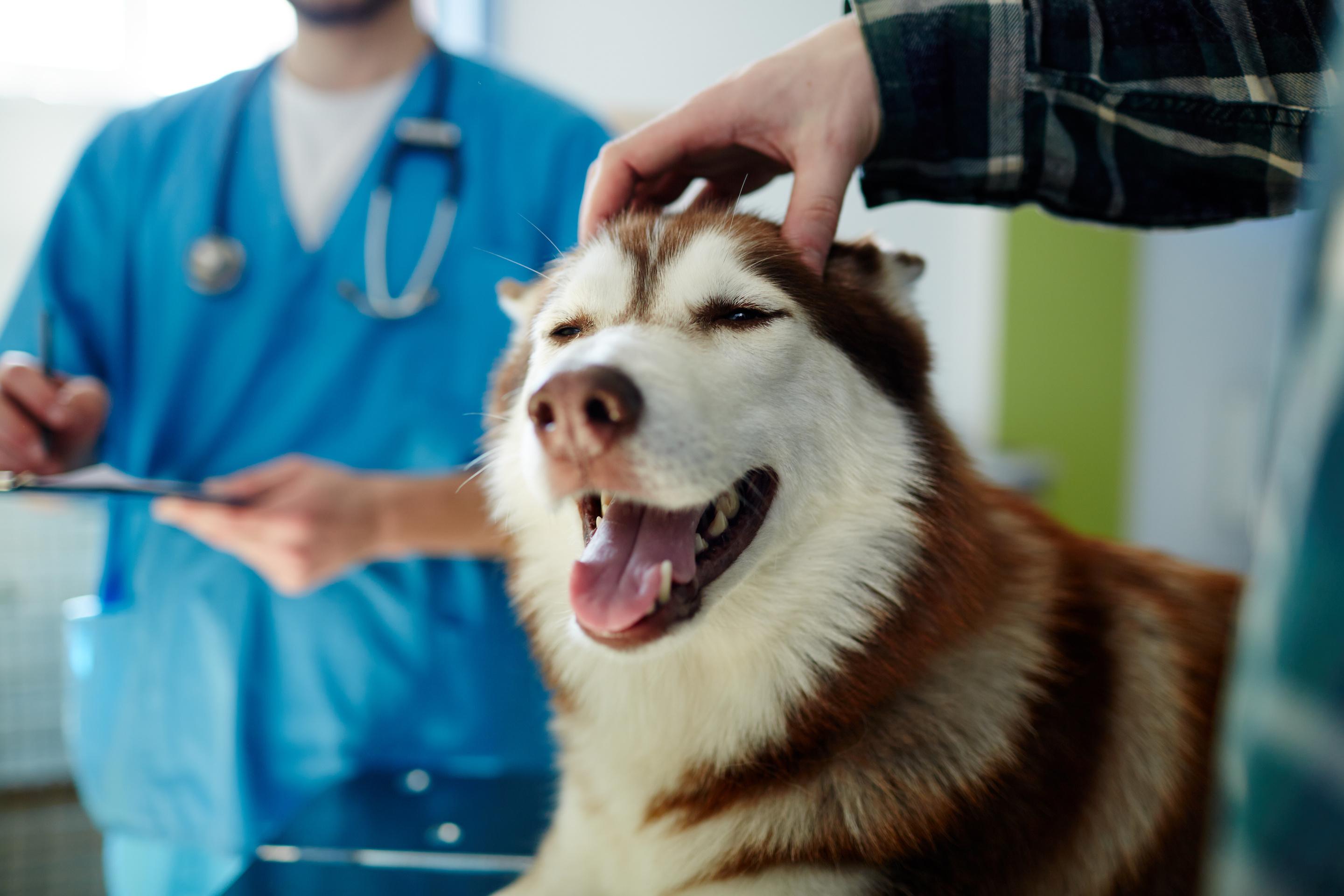
2 minute read
III. Management of pets with suspected COVID-19
By Owners And Veterinarians
Case definition
Advertisement
In humans, respiratory-like illness refers to a spectrum of clinical signs associated with upper respiratory tract infections. The definition of “respiratory-like illness” has not been specified in companion animals, hence the definition from human literature will be adopted for this guideline C i i l in this guidelin cats
Dogs and cats to SARS-CoV infection foll ancestral stra SARS-CoV-2 f Animals expo can be symptomatic. present with gastrointestina sneezing, c diarrhea, nas discharge, and There is lim clinical signs different varia however, it i clinical signs m
Definition of asymptomatic and symptomatic pets
An asymptomatic animal is a healthy pet that comes into close contact with individual(s) who tested positive (selftest or medically supervised) for COVID-19
A symptomatic animal is a sick pet with respiratory and gastrointestinal symptoms that come into close contact with individual(s) who tested positive (self-test or medically supervised) for COVID-19. Please refer to the case definition above for clinical signs of affected animals
What advice needs to be given to pet owners infected with COVID-19 or those in selfisolation?
For the pet owners
Infected owners or owners that are highly suspected of COVID-19 or at risk of infection should plan for their pets’ health care.
For asymptomatic pets:
Boarding is recommended if the owner is hospitalized due to COVID19, suffers from severe clinical signs and/or when a reliable pet-sitter is unavailable. The infected owner should strictly stay in quarantine and seek help from other personnel to send the pet to the boarding facility. The pet can be quarantined in the same house as the owner on selfisolation or home quarantine It is recommended that the owner seek help from other personnel to take care of the pet. If a pet sitter is not available, the owner should minimize contact and wear a mask during handling Apply good hygiene practice, handwashing and sanitization before and after pet handling, food, and water (Refer to the section on hygiene practice) Avoid direct contact activities, including hugging, kissing and sleeping with your pet.
For symptomatic pets:
The pet can be quarantined in the same house as the owner on selfisolation or home quarantine It is recommended that the owner seek help from cat-sitter, relatives or friend to take care of the pet. If a pet sitter is not available, the owner should minimize contact and wear a mask during handling. Apply good hygiene practice, handwashing and sanitization before and after pet handling, food, and water (Refer to the section on hygiene practice). Disinfect bowls, toys, and other animal care items with an environmentally-safe disinfectant and rinse thoroughly with clean water afterwards Disinfect contaminated surfaces with disinfectants (e.g.: Clorox, alcohol sanitizer) within one minute.
Cats/dogs suspected of COVID-19 should be kept indoors and isolated from other pets for 14 days Owner should consider not allowing cats to roam outside. Provide clean bedding, bowls or containers, treats, and toys separate from those used by other people or animals in the household
If the pet’s clinical signs worsen, seek/contact your veterinarian for advice via phone or email If urgent medical attention is required, get help from other personnel to send the pet to the nearest veterinary clinic.
If the pet requires hospitalization, avoid visitation and seek updates through phone or email Only one healthy adult is allowed to visit if the pet is in critical condition.








